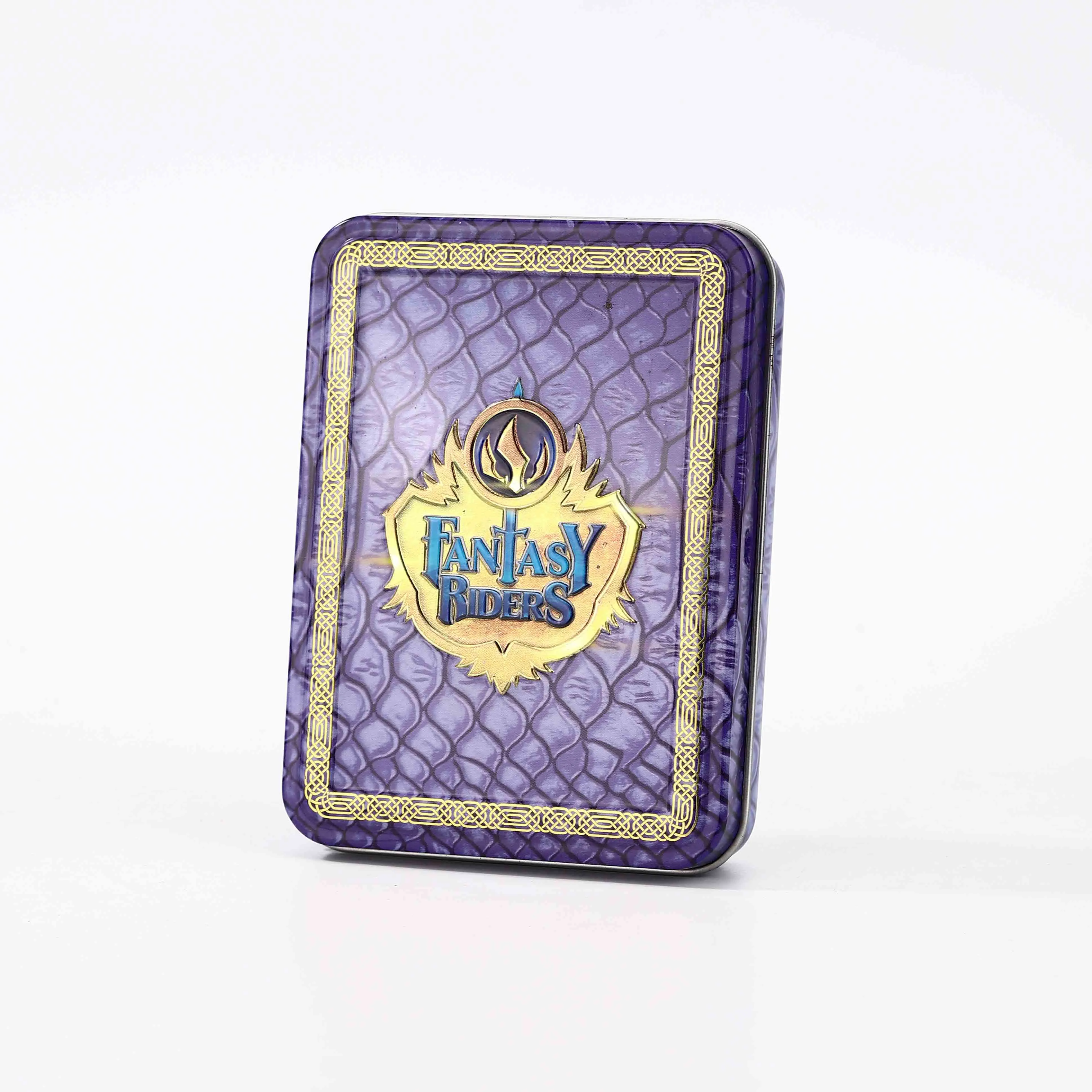Aug . 07, 2024 17:12 Back to list
Innovations in Tin Can Manufacturing
Tin cans have long been a staple in the packaging industry, valued for their durability, versatility, and ability to preserve contents. Over the years, innovations in tin can manufacturing have significantly improved their quality, efficiency, and environmental impact. This article explores the latest advancements in tin can production, highlighting key technological developments and their benefits.
Material Advancements of Tin Can
One of the primary areas of innovation in irregular tin can manufacturing is the development of advanced materials. Traditional tinplate, made by coating steel with a thin layer of tin, has been improved with the introduction of alternative coatings and composite materials. These new materials enhance the can's resistance to corrosion, extend shelf life, and reduce the amount of metal required, leading to lighter and more cost-effective cans.
For instance, some manufacturers are now using polymer coatings instead of tin to protect the steel. These coatings provide superior resistance to acidic and corrosive contents, making them ideal for packaging a wider range of products. Additionally, advances in alloy compositions have resulted in stronger yet thinner steel, reducing the overall weight of the cans without compromising their structural integrity.
Manufacturing Processes of Tin Can
Innovations in manufacturing processes have also played a crucial role in the evolution of tin can production. One significant development is the implementation of automated and precision engineering techniques. Automated systems have streamlined the production process, increasing speed and consistency while reducing labor costs and human error.
Precision engineering has enabled the production of round tin cans with uniform thickness and seamless construction, enhancing their strength and reliability. This is particularly important for applications requiring high-pressure resistance, such as carbonated beverage cans. Modern manufacturing techniques also allow for intricate shaping and embossing, providing more design flexibility for branding and aesthetic purposes.
Another notable advancement is the adoption of sustainable manufacturing practices. Many tin can manufacturers are now utilizing renewable energy sources and implementing waste reduction measures. For example, the recycling of scrap metal during production has become a standard practice, minimizing waste and conserving resources.

Printing and Decoration of Tin Cans
Printing and decoration technologies have seen remarkable innovations, allowing for more vibrant, durable, and complex designs on tin cans. Digital printing has revolutionized the industry by enabling high-resolution images and detailed graphics to be applied directly onto the can surface. This method offers greater flexibility and faster turnaround times compared to traditional printing techniques.
Advanced inks and coatings used in digital printing are designed to withstand the rigors of handling, transportation, and storage, ensuring that the printed designs remain intact and appealing throughout the product's shelf life. Additionally, digital printing allows for smaller production runs and personalized designs, catering to niche markets and promotional campaigns.
Laser engraving is another innovative decoration technique that offers precise and permanent markings on tin cans. This method is ideal for adding detailed logos, barcodes, or QR codes, enhancing product traceability and brand security. Laser engraving is also environmentally friendly, as it eliminates the need for chemical-based inks and adhesives.
Smart Packaging of Tin Cans
The integration of smart packaging technologies into tin can manufacturing represents a significant leap forward. Smart packaging incorporates electronic components or sensors into the can design, providing additional functionalities beyond traditional packaging.
One example of smart packaging is the use of temperature-sensitive labels or inks that change color based on the product's temperature. This feature is particularly useful for perishable goods, allowing consumers to easily determine if the product has been stored at the correct temperature.
Another innovation is the incorporation of near-field communication (NFC) technology, which enables consumers to interact with the product using their smartphones. By scanning the can, consumers can access detailed product information, promotional content, or track the product's origin and journey through the supply chain. This not only enhances the consumer experience but also provides valuable data for manufacturers and retailers.
Sustainability Innovations of Tin Can
Sustainability remains a key focus in the tin can manufacturing industry, with numerous innovations aimed at reducing environmental impact. Lightweighting, the process of reducing the amount of material used in can production, has been a major trend. By making cans thinner and lighter, manufacturers can reduce material costs and transportation emissions.
Another significant innovation is the development of biodegradable and compostable coatings for tin cans. These coatings break down more easily in the environment compared to traditional materials, reducing the long-term impact of discarded cans. Additionally, efforts to increase the recyclability of cans have led to the use of more easily separable materials and the elimination of non-recyclable components.
Closed-loop recycling systems have also been implemented by many manufacturers, ensuring that used cans are collected, recycled, and used to produce new cans. This not only conserves raw materials but also reduces the energy required for production, contributing to a more sustainable industry overall.
Longzhitai: Your Reliable Metal Packaging And Specialty Compound Packaging Manufacturer
Metal packaging and specialty compound packaging play a vital role in many of food fields. Only by purchasing from trustworthy manufacturers can quality and precision be guaranteed. Longzhitai is a leading manufacturer of metal packaging and specialty compound packaging in China, With many years of industry experience and excellent reputation, is able to be your reliable supplier. Contact us now to get more information.
-
Why Candy Square Tin Box Packing is Ideal for Tea Storage
NewsJun.11,2025
-
Surprising Versatility of Chocolate Rectangle Boxes
NewsJun.11,2025
-
How Reusable Small Metal Tins Revolutionize Business Practices
NewsJun.11,2025
-
Heart Shaped Tin Boxes in Global Gifting Traditions
NewsJun.11,2025
-
Choosing a Metal Bucket with Lid for Gift
NewsJun.11,2025
-
Affordable Luxury with Square Tins
NewsJun.11,2025




















